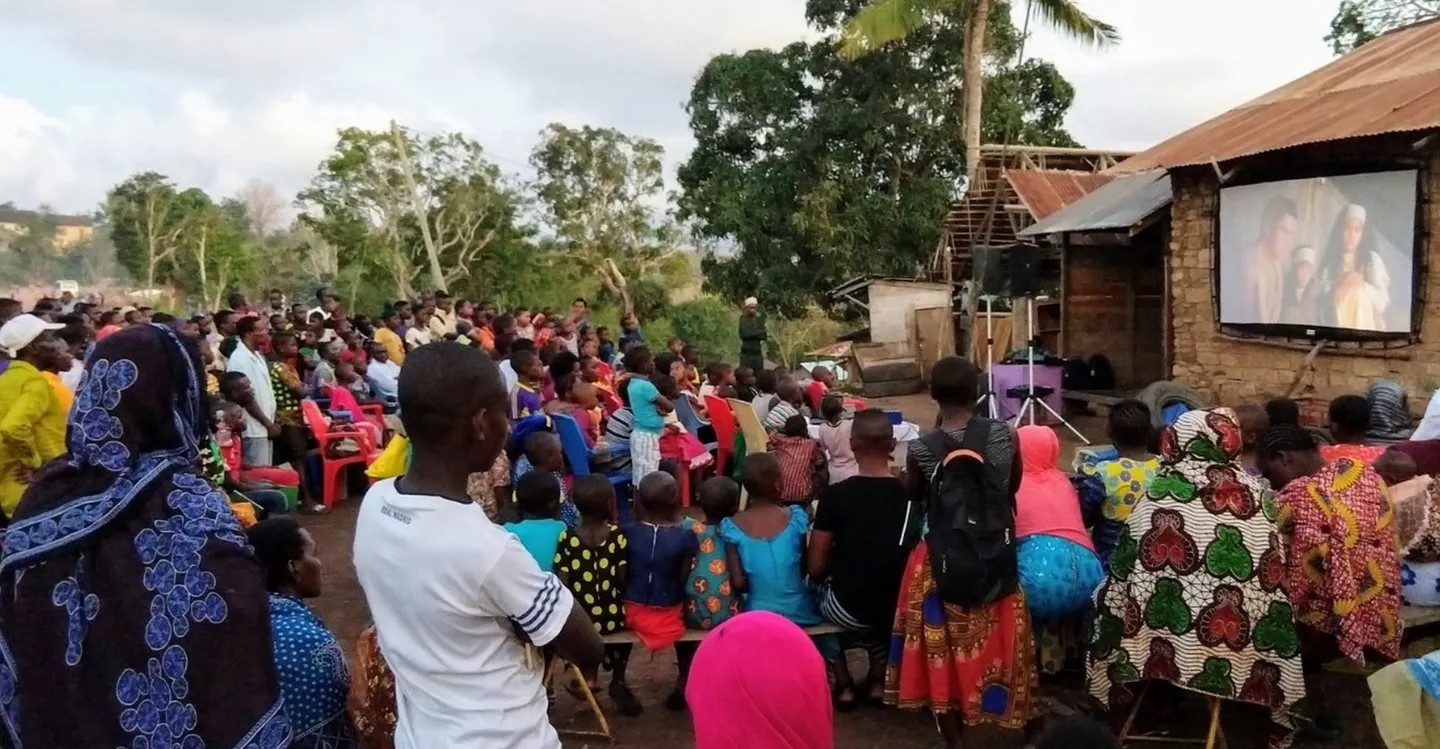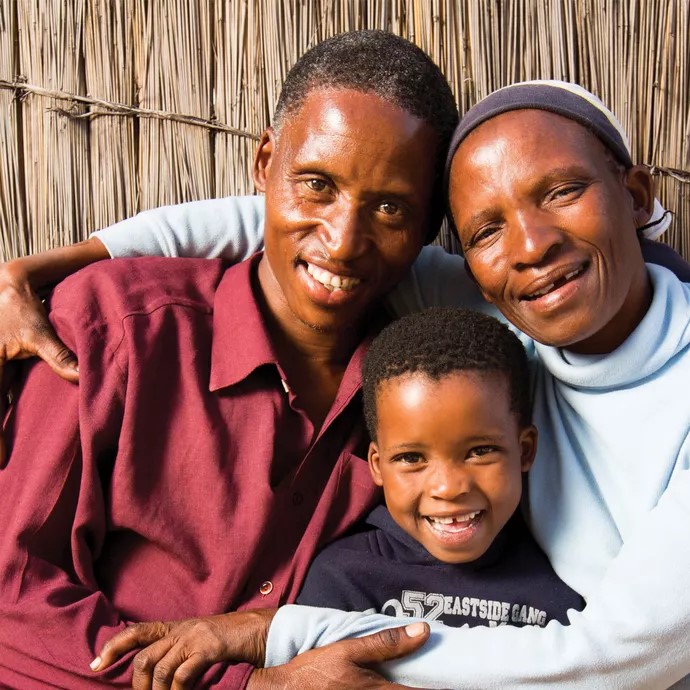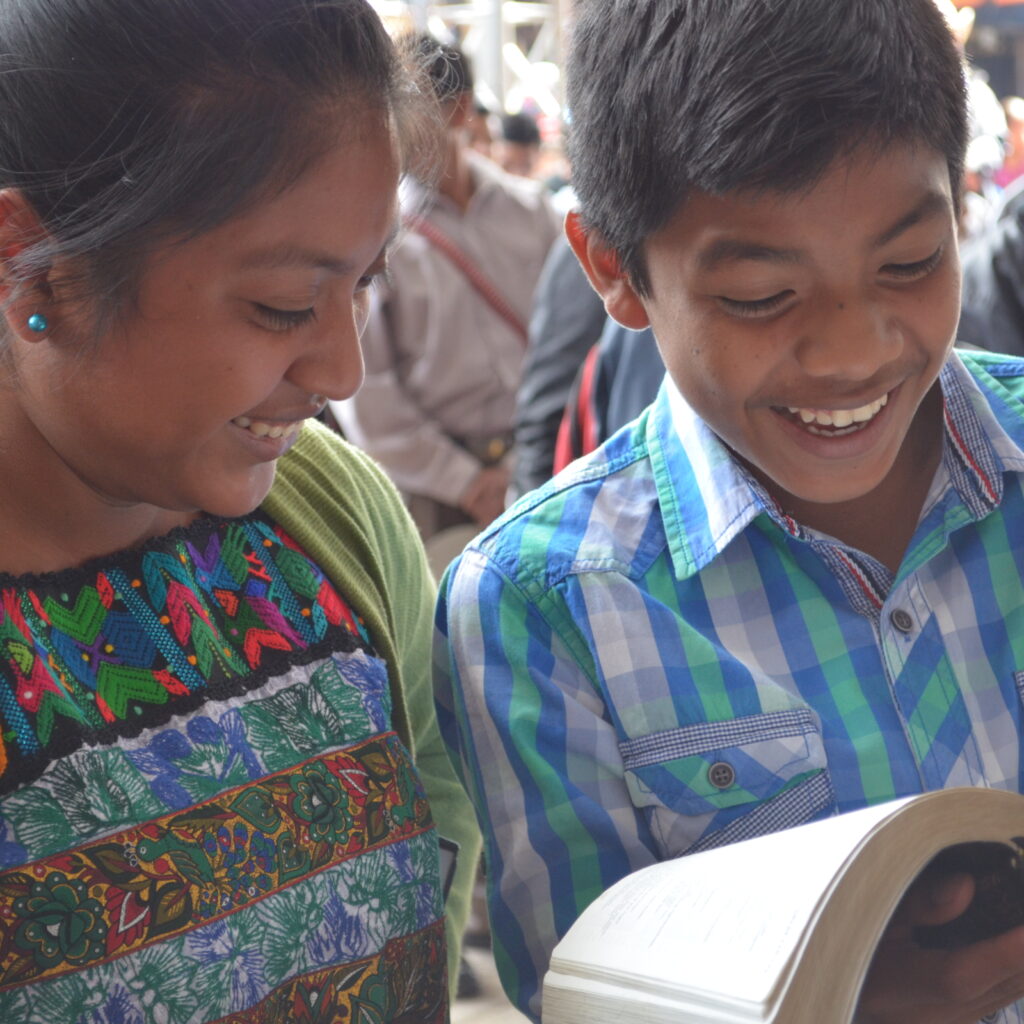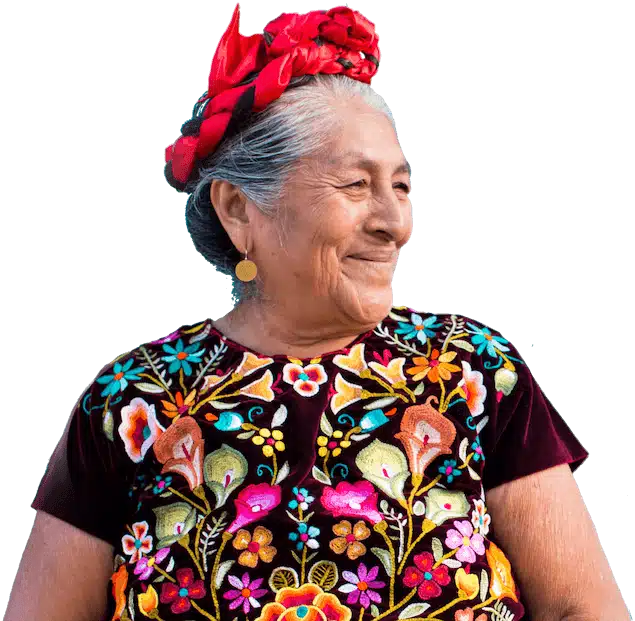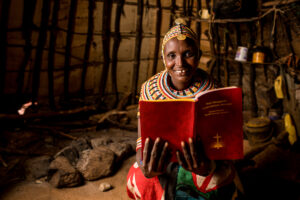First Scripture, in the form of the “JESUS” film, fuels hunger for the Word of Life.
The “JESUS” film encompasses 70% of the Gospel of Luke and has been translated into over 2,000 languages. When Seed Company partners with the Jesus Film Project, we begin with the translation of Luke, which naturally leads into the “JESUS” film script.
This film is an amazing evangelism tool. For many people groups, it is the first and only movie ever produced in their language.
In 2005, for the first time ever, the Gamo people of the Ethiopian highlands heard the story of Christ in their language through the “JESUS” film. Watch their reaction:
They were not simply watching a movie; they experienced Jesus speaking their language as he shared his story with them.
The “JESUS” Film Paves the Way for More Bible Translation
First Scripture, in the form of the “JESUS” Film, fueled the Gamo people’s hunger for the Word of Life and accelerated the work of Bible translation for this unreached people group.
As Scripture was translated, it began to spread throughout the community. A local teacher at a government school commented that because Gamo Scripture is so rich in words and grammar, it serves as a reference for teachers when they teach the Gamo language!
Merkeb, a Gamo evangelist, shared:
“We do not need an interpreter when Scripture is translated into our language. God’s Word flows within us like water flows through canals.”
One Woman’s Reaction After Hearing God’s Word for the First Time in Her Language
The Gamo language was part of what is commonly called a cluster project, with translation going on simultaneously in three languages from that region. The others were the Dawro and the Gofa. Since people have received print and audio versions of the New Testament, wonderful things have happened!
In one Dawro village, a widow named Somane lives with her three children. When evangelists from a local church visited with her, she gave them water to drink. Then the evangelists read to her from John chapter 4, in which Jesus talks with a Samaritan woman drawing water from a well.
The evangelists reported that this precious woman told them:
“Really, really, I never heard the holy Word of God in my mother tongue before. This is the first time. There is something burning in my heart like a flaming fire. I feel so happy. So, I agree with you to believe in the name of Jesus Christ as my personal savior—he who gave me his living water in my mother tongue, so much more than the water I gave you to drink.”
People’s lives transform when they encounter God through his Word. In this case, the “JESUS” film opened the door to accelerate Bible translation for those who speak these three languages.
From First Scripture to the Complete New Testament
The “JESUS” film may often be a community’s first taste of Scripture, but it’s certainly not the last. Seven years later, the Gamo New Testament was completed in print and audio format. The entire community turned out to celebrate.
Watch the remarkable full story of the Gamo project. Meet one translator who persevered through terrible persecution to see the day when his people would finally have the New Testament:
